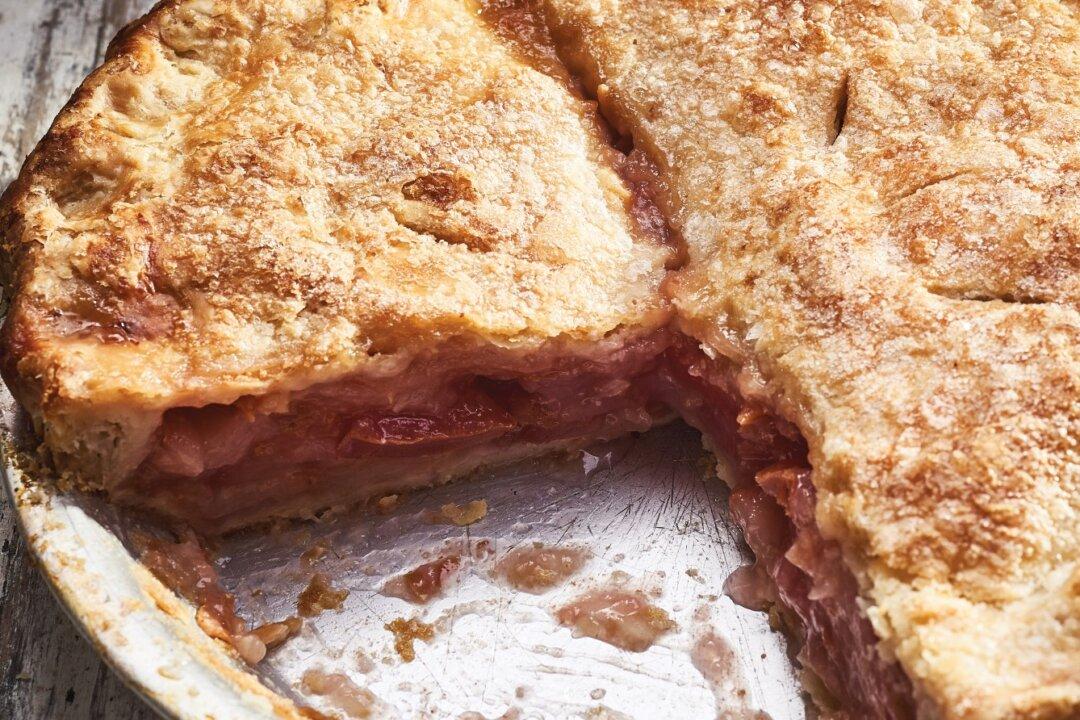All-Pear Pie with Maple and Candied Ginger
Pears have always been one of my favorite fruits. When I was a kid, my mom would open up several cans of pears for dessert for me and my six siblings, and I’d be in gourmet heaven. I still love pear desserts, especially this double-crust pie featuring pure maple syrup and candied ginger. As with the canned pears of my youth, I can’t get enough of it. Make this in fall, when pears are juicy and abundant. I don’t usually bother to peel pears because the skins of most varieties are very soft.Makes 8 to 10 servings
- Double-Crust Perfect Pie Dough by Hand (see below) or another double-crust dough
- 7 cups cored and sliced ripe pears, unpeeled
- 1/3 cup sugar, plus a little for sprinkling
- 1/4 cup maple syrup
- 2 1/2 tablespoons quick-cooking tapioca or cornstarch
- 1/2 teaspoon vanilla extract
- 1 1/2 tablespoons lemon juice
- Finely grated zest of 1 lemon (optional)
- 1 tablespoon minced crystallized ginger or 1/2 teaspoon ground ginger
- 2 tablespoons cold unsalted butter, cut into small pieces
- Milk, for glaze

